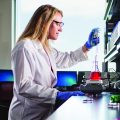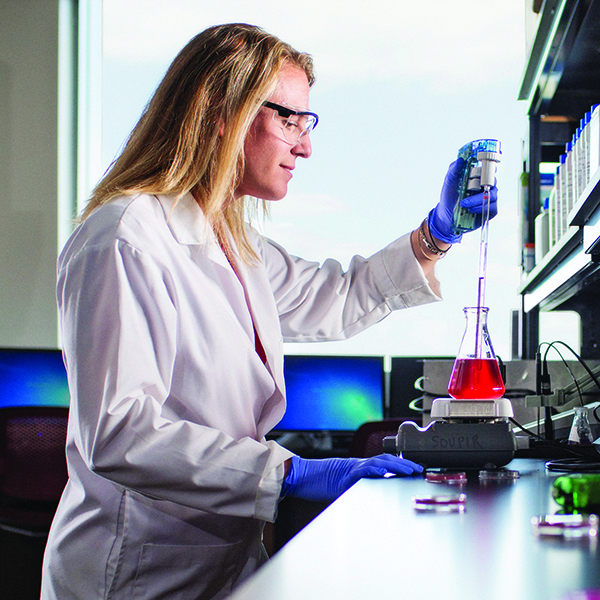“The Midwest plays a major role in growing the food that feeds the world, so we can also play a crucial role in studying the agro-ecosystem to determine strategies to reduce antimicrobial resistance risks.”
Michelle Soupir, professor of agricultural and biosystems engineering, leads a $1 million project to create a predictive model of antimicrobial resistance sources and transport through agricultural environments – and to assess which ag management practices will most effectively reduce AMR health risks.
The research team is synthesizing large amounts of AMR monitoring data, integrating the data into a widely-used soil and water dynamics model to predict AMR transport, and then connecting the AMR data to human health.
From there, the model can be used to simulate the impact of different scenarios of animal management, manure treatment and environmental management strategies on AMR risks.
“Many AMR mitigation strategies have been studied in isolation, but our project will take a big-picture approach to studying the complex links between ag management decisions and environmental and health impacts,” said Soupir. “Only through an integrated approach can we determine data-backed best practices to share with agricultural producers.”
Research collaborators include Adina Howe and Daniel Andersen, both Iowa State associate professors of agricultural and biosystems engineering, and researchers from University of Nebraska-Lincoln and University at Buffalo. The work is supported by the USDA-National Institute of Food and Agriculture.

